Ignoring Behaviour in Dog Training: Why It Can Backfire
In the world of dog training, advice can vary widely and can even contradict. The truth is what might work for one dog/situation/family, might not work for another. One piece of guidance that frequently floats around is: “Just ignore the (insert behaviour), and it will go away.” While this might sound simple and even tempting, it is often profoundly unhelpful—and potentially damaging—advice for most dogs.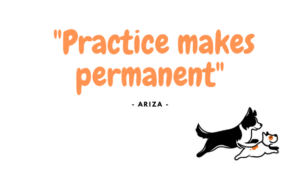
The logic behind this suggestion is usually rooted in the idea that by not reinforcing a behaviour, it will naturally extinguish over time. However, not all behaviours fall under this principle, some behaviours are self-reinforcing, thus ignoring a problematic behaviour allows it to strengthen, evolve, or manifest in new, undesirable ways.
Why Ignoring Behaviour Can Be Problematic – ignoring is silience and no info = your dog will speculate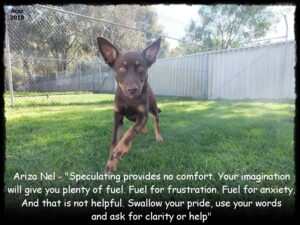
- Behaviour Is Practised and Reinforced: When a dog repeatedly engages in a particular behaviour for more than 2 weeks, it is essentially practising it. Just like practising a skill, the more they do it, the better and more habitual it becomes. If a puppy is barking for attention and you ignore it, they may not stop—they may bark louder, longer, or shift to another disruptive behaviour to get what they want.
- Dogs Are Observant Problem Solvers: Dogs are observant, and they learn through experience. If a certain behaviour doesn’t get the desired result, they often try harder or come up with new strategies. It is even worse, if the problem behaviour had given success sometimes, and not others – your dog will just keep gambling and trying. What starts as a mild annoyance can turn into a much bigger problem if left unaddressed.
- Stress and Frustration Can Build For many dogs, being ignored can be confusing and frustrating. When a dog feels unheard or unsure, it can lead to increased anxiety or frustration. This, in turn, might result in behaviours such as destructive chewing, incessant barking, or even aggression.
When Ignoring Might Work (and When It Won’t)
The only time ignoring a behaviour might work is when the behaviour is a clear attempt to gain your attention—like jumping on you to get you to interact and engage with your dog. But even then, it only works if all of the dog’s other needs are being met: drive fulfilment, window of opportunity (communicating that now is not the time or place, but later is okay), and safety. Ignoring will mostly frustrate your dog—and frustration creates more drive.
Ignoring will not work if the behaviour serves a different purpose. Here are examples where ignoring won’t help:
- A dog jumps on you because it’s being bitten by ants – they’re seeking relief, not attention.
- A dog jumps on you because the pavement is hot – they’re trying to escape pain.
- A dog jumps on you to use you as a steppingstone to get to something else – they’re being opportunistic, not needy.
- A dog jumps on you simply because they enjoy the sensation – they’re self-rewarding.
- A dog jumps on you to get away from something else – they’re trying to escape discomfort or fear.
In all of these cases, ignoring the behaviour does nothing to help the dog understand what you do want, or to resolve the actual issue driving the behaviour. You need to assess what your dog’s goal is and work from there—what are they trying to achieve or avoid? That’s your starting point for change.
What to Do Instead
Teach your dog how to problem solve and cooperate with you through arousal and drive—play is a great way to do this. All games have goals, rules, ways to win, and penalties. Use structured play to develop impulse control, engagement, and the ability to work through excitement without losing clarity.
Instead of ignoring unwanted behaviour, focus on:
- Guidance and Redirection: Redirecting only works if your timing is good. First, interrupt and stop the unwanted behaviour. Then, once your dog has stopped for at least 5 seconds, redirect them to an appropriate behaviour. For example, if they jump on guests, interrupt the jump, wait for a pause, and then ask for a sit when someone enters the room.
- Reinforcement of Desirable Behaviour: Reward your dog when they engage in appropriate behaviours. Positive reinforcement is a powerful tool to shape a dog’s choices. But be careful—some dogs may form behaviour chains. For example, a dog might learn that jumping followed by sitting earns a reward. In that case, the jumping is still being reinforced indirectly. Make sure you’re reinforcing the first appropriate behaviour, not the end of an unwanted sequence.
- Setting Boundaries: Clarity is key. A dog can learn what behaviours are good ideas (lead to reinforcement) and what behaviours are bad ideas (lead to punishment). Without punishment, there are no clear boundaries, because there’s no comparison. Boundaries are best established when a dog understands both what earns rewards and what results in consequences. Tip: reinforcement can be inconsistent (create a helpful gambler), but punishment must never be inconsistent (don’t create a unhelpful gambler).
- Proactive Management: Prevent opportunities for unwanted behaviours to arise by managing the environment effectively.
While “just ignore it” might occasionally work for minor, attention-seeking behaviours, it is rarely the best solution for many behavioural and training problems. Dogs thrive on clear communication, consistent understanding of consequences, what leads to success and what doesn’t with added punishment and the owner meeting dog’s needs (not wants, living with a brat is not fun). By actively addressing issues, you set youself and them up for a lifetime of success and strengthen the bond between you and your four-legged friend.

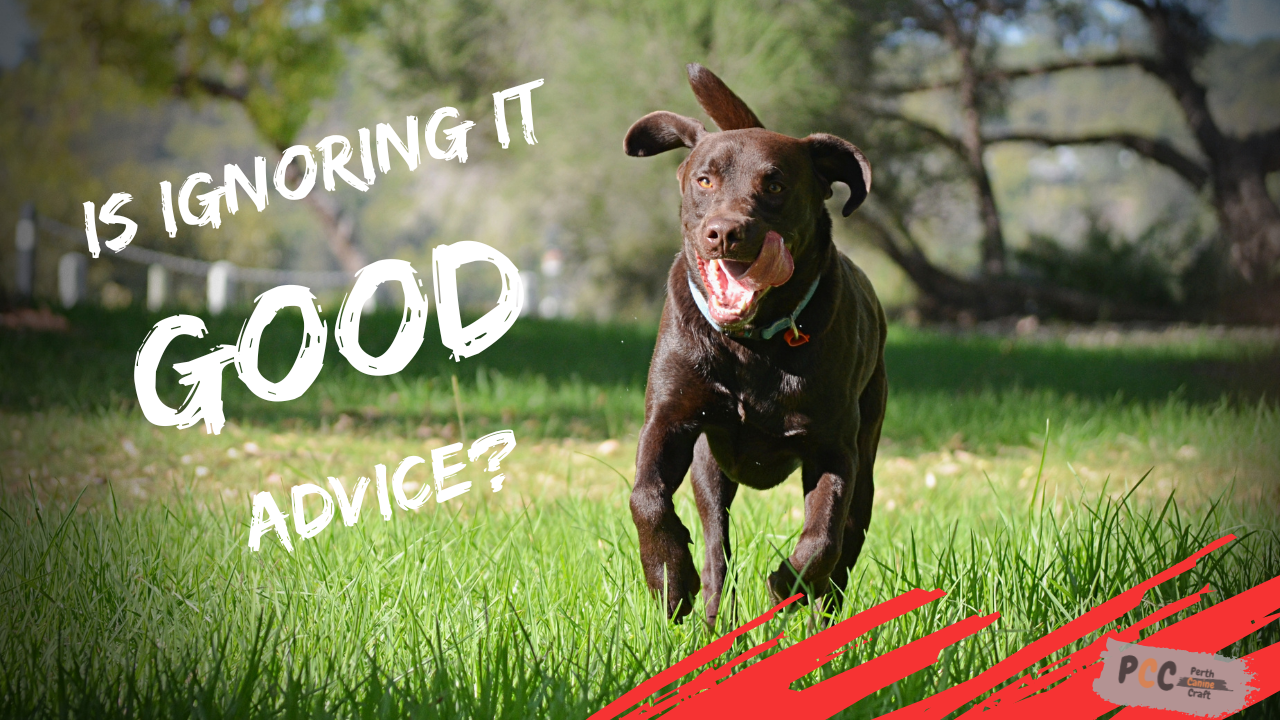
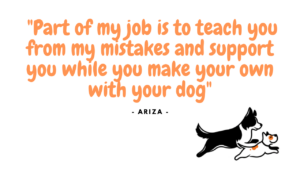
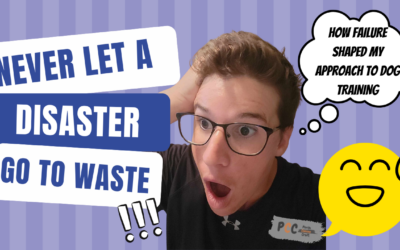

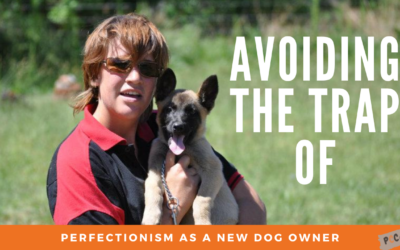
0 Comments